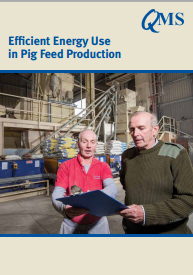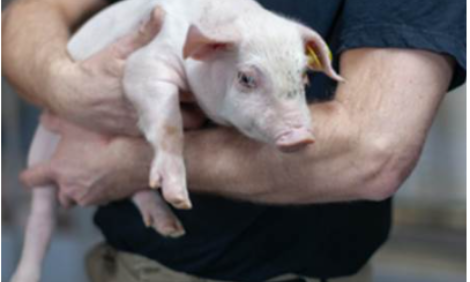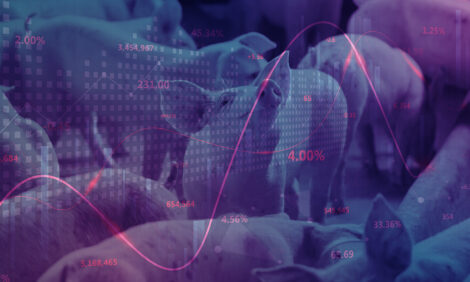



Efficient Energy Use in Pig Feed Production
Scottish pig production operates in a very tight commercial environment.Production is costly due to location and climate, but there are a number of areas that can be developed to promote Scottish production, according to a report from Quality Meat Scotland, Efficient Energy Use in Pig Feed Production
The first is the number of producers who work a cycle that includes growing much of their own feed, home mill and mixing, pig production, and the re-use of pig slurries and manures back on to the ground.
The wider impact of this is being investigated in another project.
A further aspect of the Scottish industry is the high degree of self-help and co-operation, whereby producers have a track record of working together on projects and sharing their experiences.
The report, which is based on information gathered at farm level to ascertain the efficiency of home-based production of feed, seeks to promote good practice and study any further information on energy efficiency practices.
The report covers a questionnaire sent to relevant QMS-assured pig producers, dialogue with equipment manufacturers, monitoring on selected farms, and
It shows that 85.6 per cent of the Quality Meat Scotland (QMS) assured Scottish sow herd and 83.6 per cent of all the finished pigs are fed from feed prepared on the home farms and from feed mostly sourced from the home farm or locally.
A total of 74.2 per cent of sow feed (30,500 tonnes p.a.) on QMS-assured Scottish pig units is home mill and mixed, along with 69.5 per cent (73,800 tonnes p.a.) of weaning to finishing diets.
More than 17,000 tonnes p.a. are prepared on QMS-assured Scottish pig farms by mobile mill and mix units, providing feed for 8.7 per cent of the sow herd and 12.6 per cent of the wean to finish herd.
There is a 3.19p/unit difference in daytime tariff rates paid by producers with more than100,000 units p.a. consumption.
Energy brokers are not consistently used.
Whether they are used or not, researching tariffs prior to contract end date is highly recommended.
Automation of milling so that it is done at night may reduce related energy costs by up to around 38 per cent.
Farm feed mill and mix is consuming from between 10 per cent to 38 per cent of whole farm annual electricity consumption.
Monitored farm feed mills were using on average 15.3 kWh/t of feed produced, with between 66 per cent and 90 per cent of the power used by the mill, dependant on all the equipment in each mill.
Power factors on the monitored mills varied, but for the amount of power used in the mills any power factor correction is unlikely to be economic.
The same is correct for investment in Voltage Optimisation, unless a producer is using large amounts of electrical power elsewhere on the unit.
Renewing the hammers and screen on a mill reduced the energy used per kilogram of grain by three per cent and increased milling rate (kg/m) by five per cent. Feed grist size distribution was improved.
January 2015









